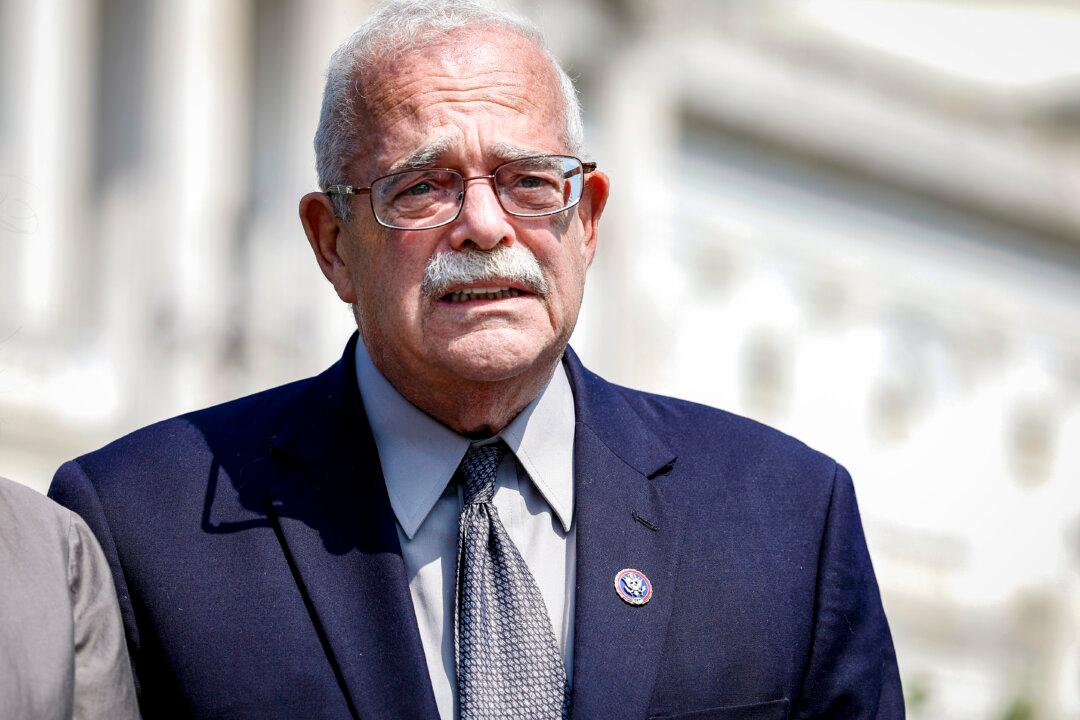For the United States, the problem of immigration is nothing new, having plagued the nation for decades. But while the issue stands as one of the most divisive in party politics today, there was a time when lawmakers on both sides of the aisle were able to reach a bipartisan agreement on what needed to be done.
Now, amid increasing concerns over record-high crossings at the U.S.–Mexico border, one advocacy group is calling on legislators to reconsider those decades-old recommendations.





